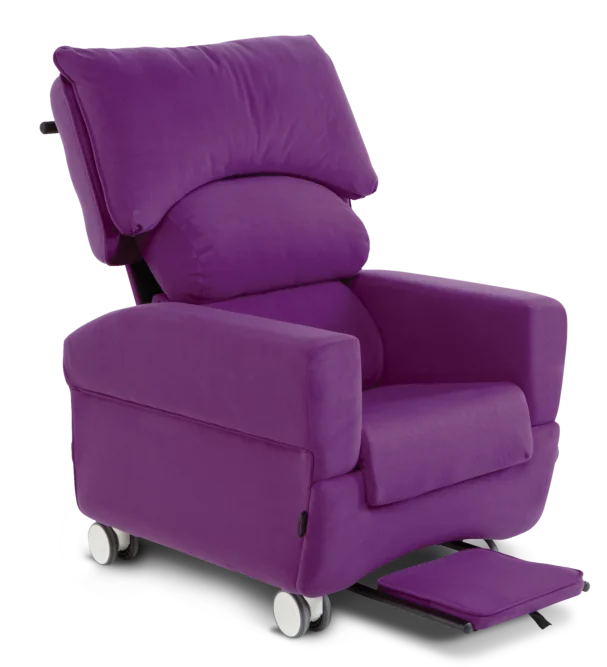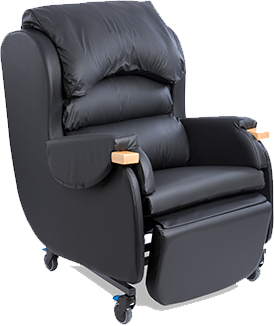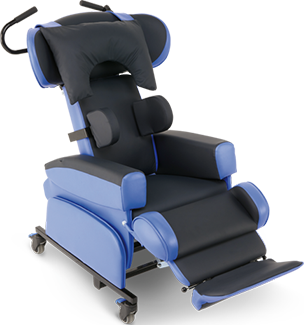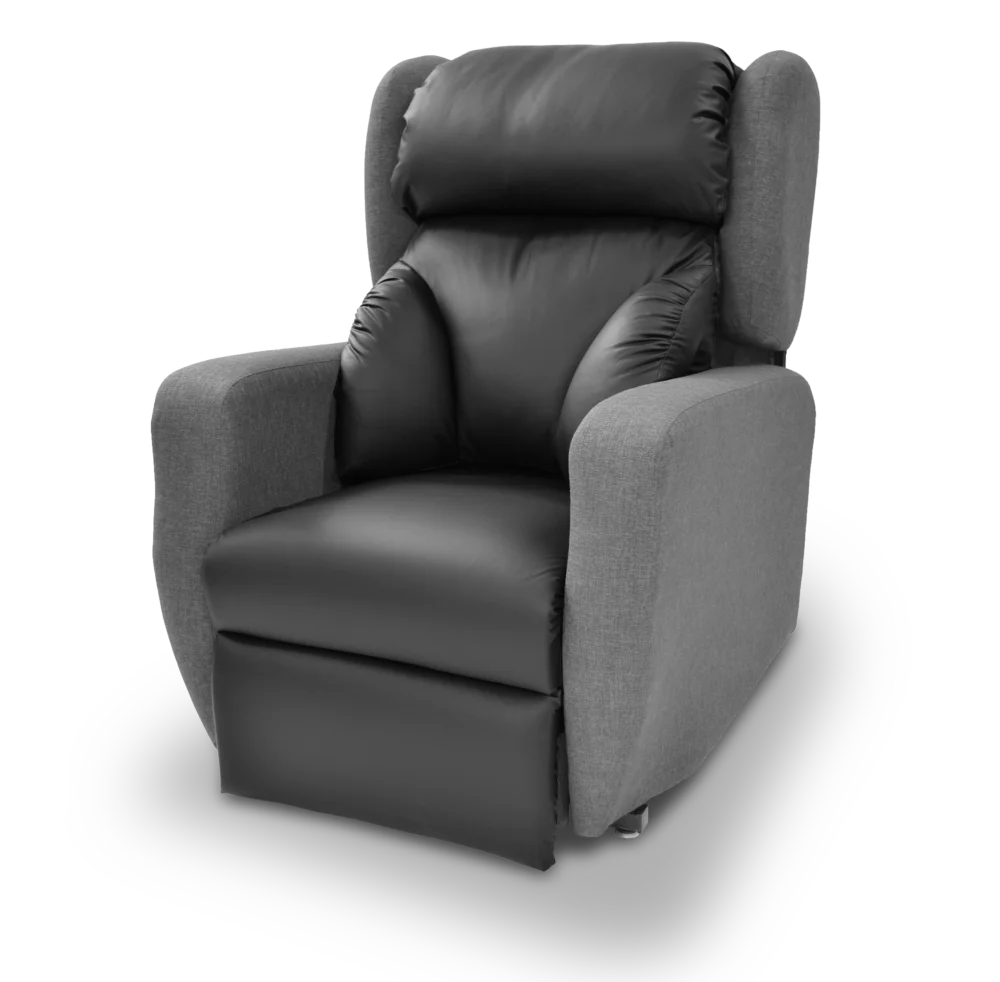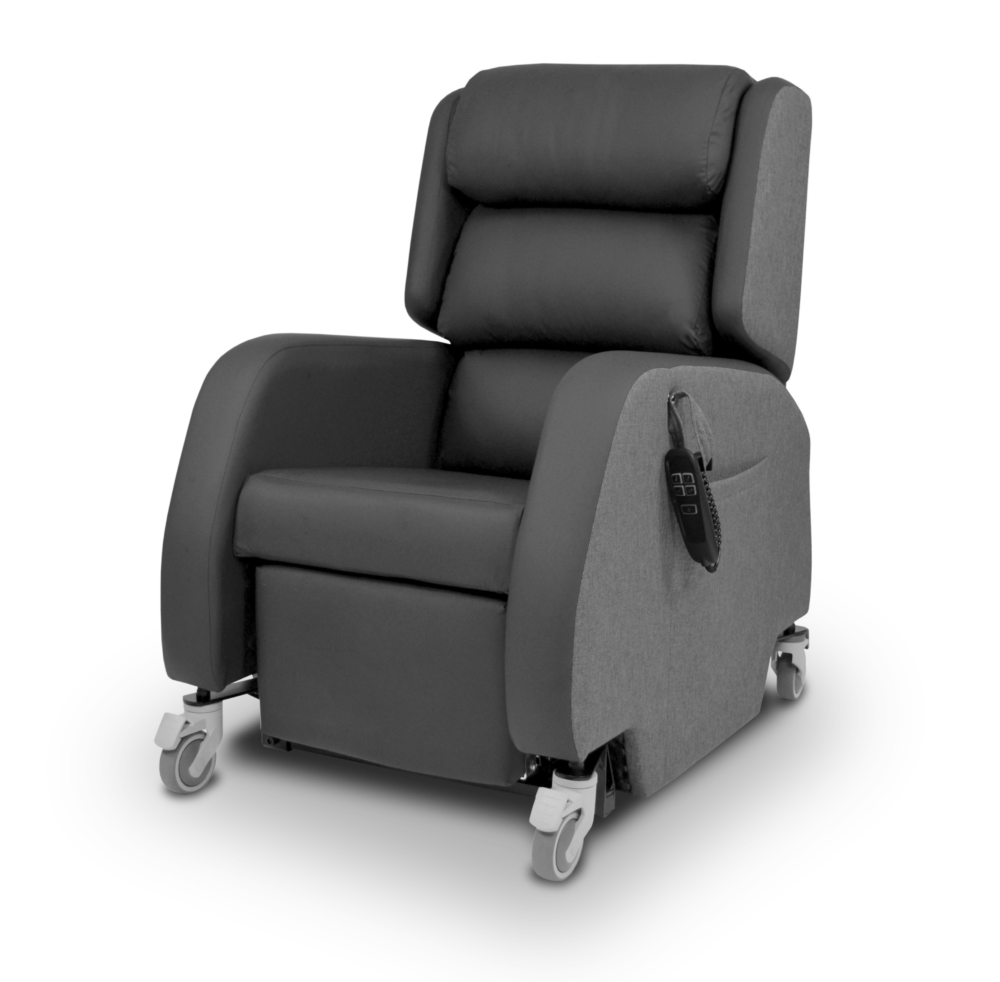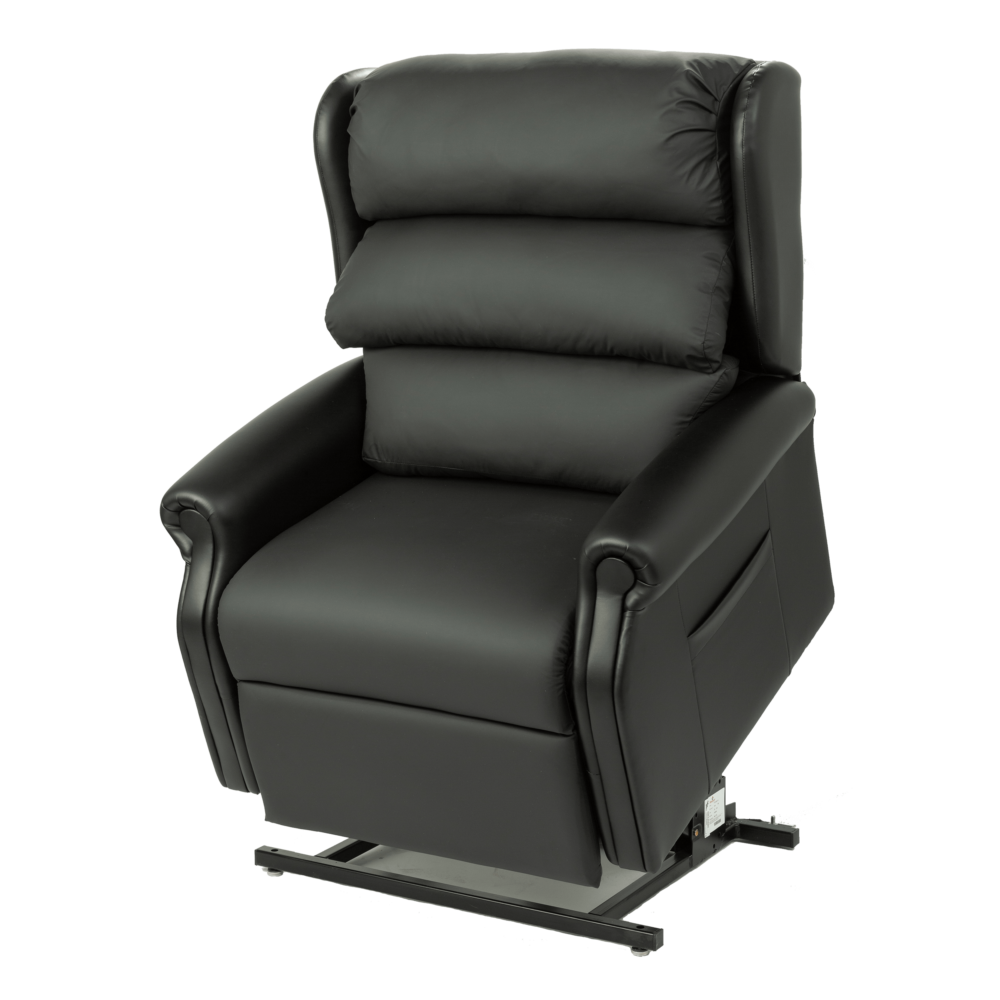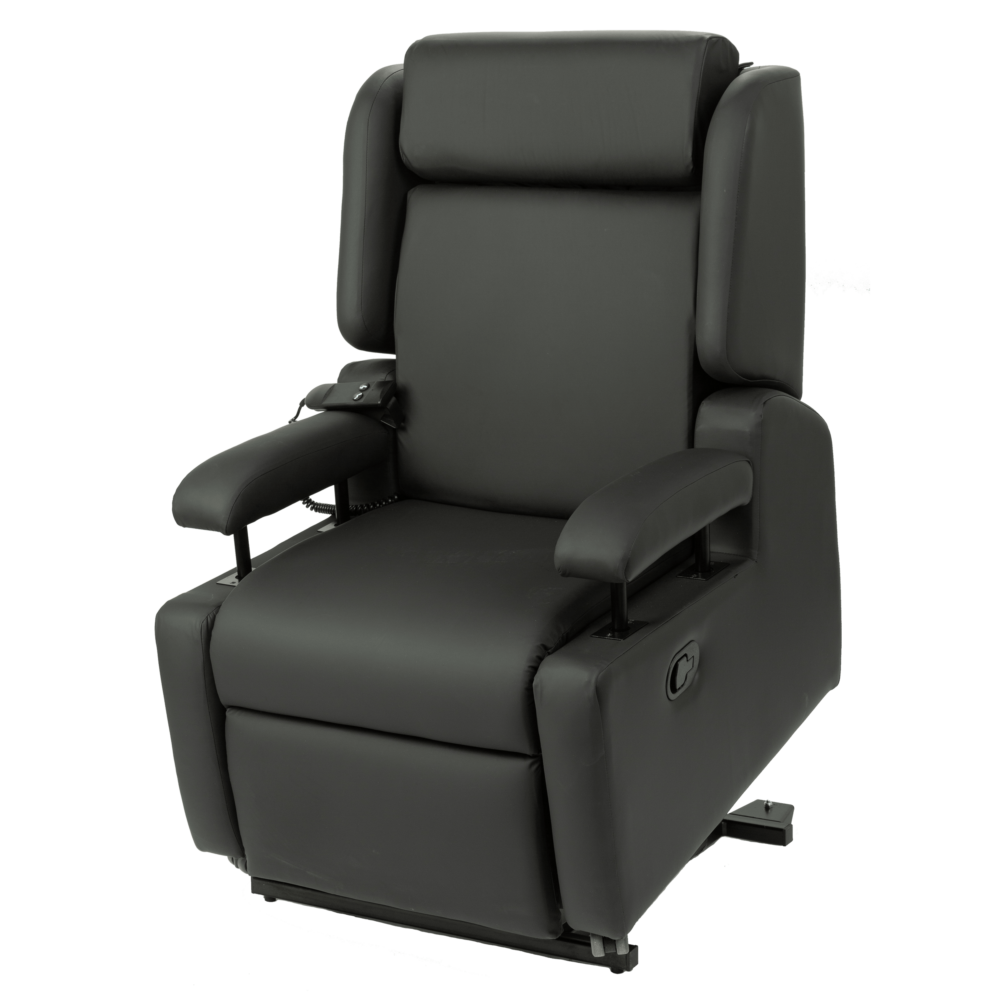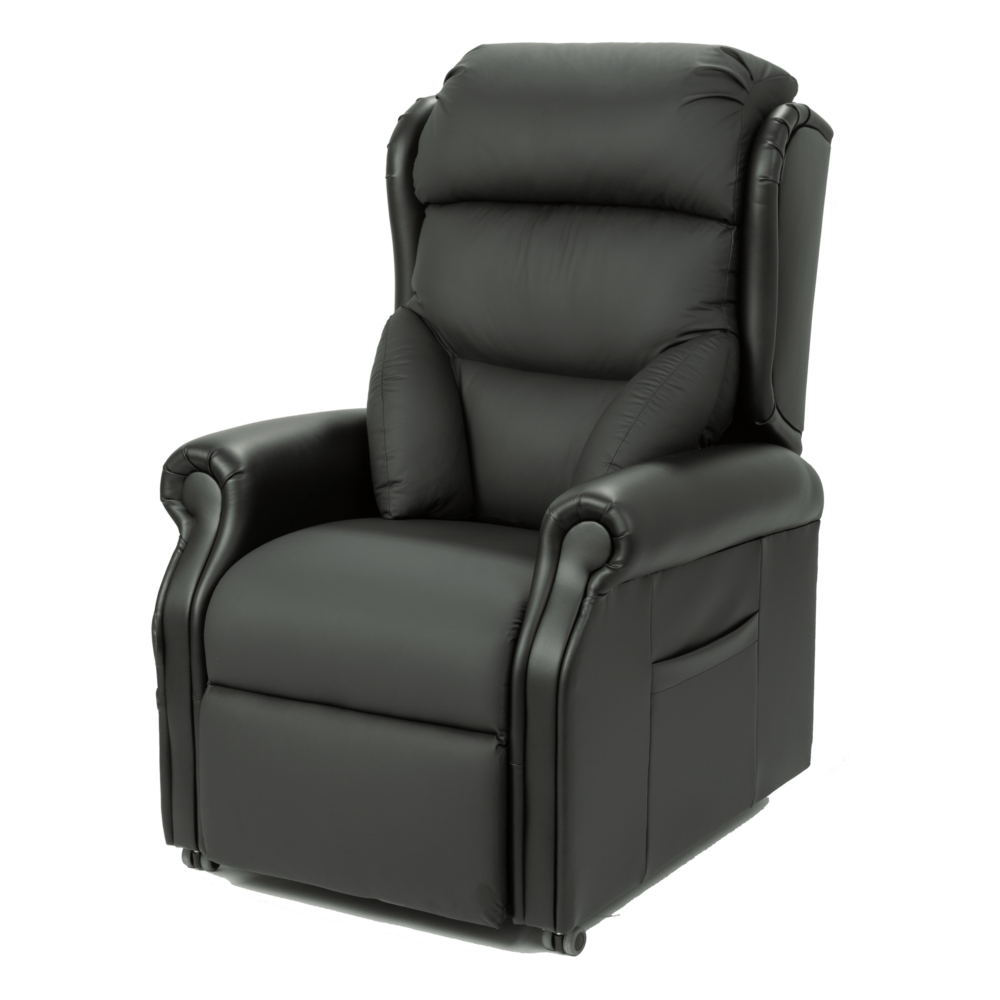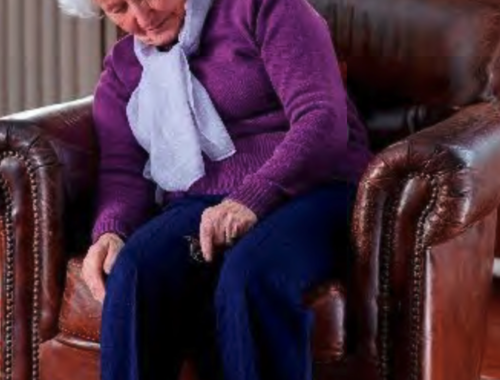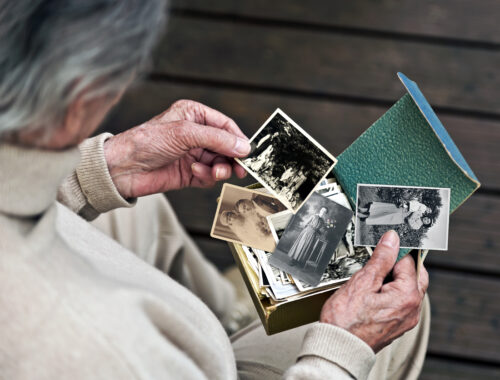CareFlex Supported by Clinical Evidence
CareFlex is the only specialist seating manufacturer supported with independent clinical evidence over a 20 year period.
As early as 1998, the Medical Devices Agency (MDA) Evaluation: Armchairs with special features to reduce interface pressure. Alternating pressure cushions and supplementary cushions. A comparative evaluation
The MDA evaluated our HydroTilt chair by measuring the ischial interface pressures of 12 elderly able-bodied subjects using the HydroTilt and comparing the results to the subjects’ ‘reference’ armchair.
The HydroTilt gave among the lowest interface pressures with a mean of 64.2 mmHg, compared to the ‘reference’ armchair’s mean of over 90 mmHg.
We are confident that in a managed and trained care environment our WaterCell Technology will suit users of all risk categories – including high risk.
2007 The HydroTilt Armchair: Meeting complex seating requirements
Fiona Collins, a Tissue Viability Consultant, completed an article, which was published in International Journal of Therapy and Rehabilitation. She completed case studies of people with complex seating needs, showing the outcomes of using a HydroTilt chair.
- Case study 1 (terminal cancer) – tilt-in-space function maintained neutral position at pelvis, reduced kyphosis observed, pressure distributed more evenly due to correct seat depth and leg rest, self-reported improved comfort, no pressure damage to sacrum/buttocks/heels
- Case study 2 (dementia) – more symmetrical siting position, reduced lower leg oedema due to leg rest elevation, standing ability facilitated, skin remained intact
- Case study 3 (advanced secondary progressive multiple sclerosis) – HydroTilt proved to be solution for postural support and maximum pressure redistribution
Fiona Collins concluded that there is a definite need for thorough assessment to ascertain seating goals. She believed that the HydroTilt can address a range of issues, including postural and pressure care needs, feeding, mobility, respiration, swallowing, oedema, comfort and dignity, and that WaterCell technology provides optimum pressure redistribution.
2015/16: An Evaluation of Pressure and Comfort. CareFlex WaterCell Technology in Specialist Seating
CareFlex has over 20 years’ experience developing high quality seating and can be relied upon for expert, impartial and ethical advice. For this reason, we approached The University of Salford to carry out an up-to-date study by two independent researchers to look at the benefits of using CareFlex specialist seating, the effectiveness of WaterCell Technology, and ascertain how people report their comfort in the chairs. The researchers, Carol Bartley, an Occupational Therapy Lecturer, and Melanie Stephens, a Senior Lecturer at the School of Nursing Midwifery, wanted to know how comfortable users found CareFlex specialist seating.
Three chairs were used as part of the study: HydroTilt, SmartSeat and SmartSeatPro, which were randomly assigned to reduce bias.
There were 12 participants between the ages of 19 and 84, male and female, with mixed abilities, including wheelchair users.
Ethical approval was granted by the University of Salford Ethics Committee.
The involvement of CareFlex was purely to provide and deliver the chairs to further reduce bias.
Data collection tools included interface pressure measurements collected using the XSensor® PX100 pressure, clinical observations of respiratory rate, pulse rate, and blood pressure were collated to gauge physiological responses in relation to comfort and discomfort, a validated self-reported comfort and discomfort rating questionnaire (Crane, 2004), and a semi structured interview that was digitally recorded.
Comfort vs Discomfort:
92% of participants reported the chairs as being comfortable. They described this by reporting positive feelings, such as falling asleep in the chair, the chair being at the right temperature, feelings of stability, and their body feeling more at ease.
Occupations and Activities:
While they were seated in the chairs, 80% of participants reported being able to do more than they would usually do in terms of activities and leisure pursuits, such as watching TV, reading, and knitting. There were also reports of improved upper limb positions and being at eye level.
Average Pressure:
Between the three chairs, the average pressure measurements were considerably lower than those in a comparable study by Kim & Chang (2013). Our chairs had measurements of 42-44.03 mmHg, which can be compared to Kim & Chang’s results of 60.95-61.97 mmHg, using air and foam cushions respectively.
Peak Pressure Index:
Across all three chairs, the peak pressure index was comparable to a study by Gil–Agudo et al. (2009). The HydroTilt offered the lowest interface average pressures with a statistical significance.
Compliance:
Results also point to the fact that comfort and the aesthetics of a chair are so important to users that, regardless of the clinical benefits, such as posture management and pressure relief, the chair may well not be used if the user is not comfortable…. and does not like the colour or fabric! This is extremely important to help stop the high levels of ‘equipment abandonment’ witnessed by many health care professionals daily.
Just a few of the many affirming comments, some of which touched the researchers deeply.
“I’d forgotten what it felt like to sit somewhere comfortable… for the past three years I’ve literally eitherbeen in bed or in a wheelchair.”
“I very, very rarely sit anywhere else because it’s not comfortable. I have sat in this chair…and done things that I wouldn’t normally do… for longer periods of time than I would anywhere else.”
“It’s novel being able to wear jeans with pockets on them again! On the settee I just end up with pocket marks on my bum!”
“I just find the chair so relaxing. I don’t need my ‘hotty’ anymore.”
“It was like my whole body had had a transformation really because the comfort is good.”
“It’s got to be down to the chair… It’s a strange feeling… because I’ve not experienced that in such a long time (8-9 years).”
“I feel like I’m sitting better than I normally would which is enabling me to do things more comfortably.”
“I’m just very comfortable and I can sit and cloud watch and I can sit for quite a while watching clouds!”
“… I didn’t expect to doze in it…. I was quite surprised when I woke up. I might have missed a goal as well!”
After vigorous peer review, these findings were published in The Journal of Tissue Viability Issue 26 2017
References:
Crane, B. (2004) Development and validation of the wheelchair seating discomfort assessment tool (WcS-DAT) University of Pittsburgh
Gil-Agudo, A., De la Peña-González, A., Del Ama-Espinosa, A., Pérez-Rizo, E., Díaz-Domínguez, E. and Sánchez-Ramos, A. (2009) Comparative study of pressure distribution at the user-cushion interface with different cushions in a population with spinal cord injury Journal of Clinical Biomechanics
Kim, W. and Chang, M. (2013) A Comparison of the Average Sitting Pressures and Symmetry Indexes between Air-adjustable and Foam Cushions Journal of Physical Therapy Science 25(9):1185–1187
Further information including the full literature review can be found on The University of Salford USIR, or you can contact the researchers direct:
Carol Bartley MScDip COT PG Cert
Occupational Therapy Lecturer c.bartley@salford.ac.uk
Melanie Stephens
Senior Lecturer, School of Nursing Midwifery Social Work and Social Sciences
m.stephens@salford.ac.uk

